Japan has long been celebrated for its rich culinary traditions, and among its most fascinating contributions to global gastronomy is the realm of fermented foods. These time-honored creations are not only prized for their unique flavors but also for their remarkable probiotic content. The Japanese diet, deeply rooted in fermentation techniques, offers a diverse array of foods teeming with beneficial bacteria that promote gut health and overall well-being.
One cannot discuss Japanese fermented foods without mentioning miso, a staple in Japanese households. This savory paste, made from fermented soybeans, rice, or barley, is a powerhouse of probiotics. The fermentation process, which can take months or even years, encourages the growth of lactic acid bacteria and other microorganisms that aid digestion and strengthen the immune system. Miso soup, a daily ritual for many Japanese, is more than just comfort food—it’s a daily dose of gut-friendly bacteria.
Another iconic fermented product is natto, a dish that polarizes even within Japan due to its strong aroma and sticky texture. Yet, natto is unparalleled in its probiotic richness, thanks to the bacterium Bacillus subtilis. This microorganism not only survives the harsh environment of the human gut but also produces vitamin K2, which supports bone and cardiovascular health. Natto’s fermentation process enhances its nutritional profile, making it a superfood in every sense.
Soy sauce, or shoyu, is another fermented gem that transcends borders. While many commercial soy sauces today are chemically produced, traditional Japanese shoyu undergoes a natural fermentation process involving soybeans, wheat, and koji mold. This method cultivates a complex microbial ecosystem that contributes to its umami depth while delivering probiotics. Artisanal soy sauce, aged for years, is a testament to how fermentation can elevate both flavor and health benefits.
Japanese pickles, or tsukemono, are yet another vehicle for probiotics. Varieties like nukazuke (fermented in rice bran) or kimuchi (Japan’s take on Korean kimchi) are teeming with live cultures. These pickles often accompany meals, serving as a digestive aid. The lactic acid bacteria in tsukemono not only preserve the vegetables but also enhance their nutrient absorption, making them a simple yet effective probiotic source.
Beyond these well-known examples, Japan boasts lesser-known fermented treasures like katsuobushi (fermented and dried bonito flakes) and amazake (a sweet, non-alcoholic sake derivative). Katsuobushi’s fermentation involves mold cultures that break down proteins into amino acids, creating a rich umami flavor. Amazake, made from fermented rice, is rich in enzymes and beneficial bacteria, often consumed as a health drink or dessert. These foods highlight the versatility of fermentation in Japanese cuisine.
The science behind these fermented foods is as compelling as their flavors. Studies have shown that regular consumption of probiotic-rich foods can improve gut microbiota diversity, which is linked to better mental health, reduced inflammation, and enhanced metabolic function. Japanese fermentation practices, often passed down through generations, emphasize slow, natural processes that maximize probiotic retention. This contrasts with mass-produced probiotic supplements, which may not always deliver the same synergistic benefits.
Modern Japan continues to innovate while respecting tradition. Functional foods like probiotic-enriched yogurts and beverages are gaining popularity, yet they coexist with ancient fermented staples. The Japanese approach—balancing innovation with heritage—offers a blueprint for how societies can harness the power of probiotics without losing cultural authenticity. As global interest in gut health grows, Japan’s fermented foods stand as both a model and an invitation to explore the profound connection between food and well-being.

By /May 21, 2025
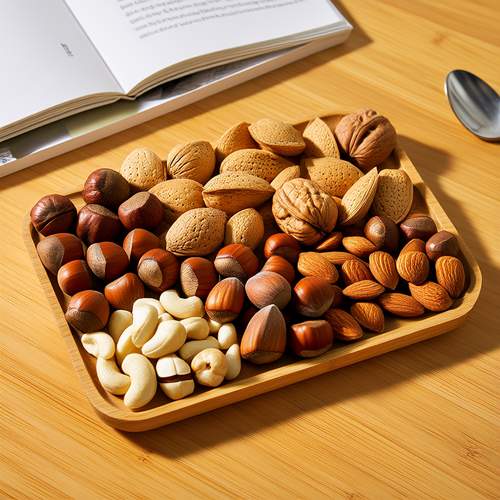
By /May 21, 2025

By /May 21, 2025

By /May 21, 2025
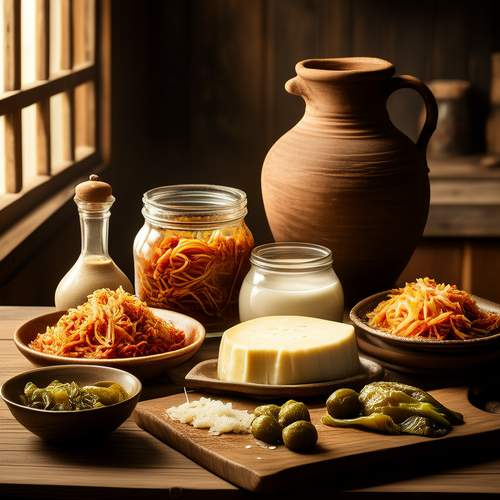
By /May 21, 2025

By /May 21, 2025

By /May 21, 2025

By /May 21, 2025

By Michael Brown/May 18, 2025
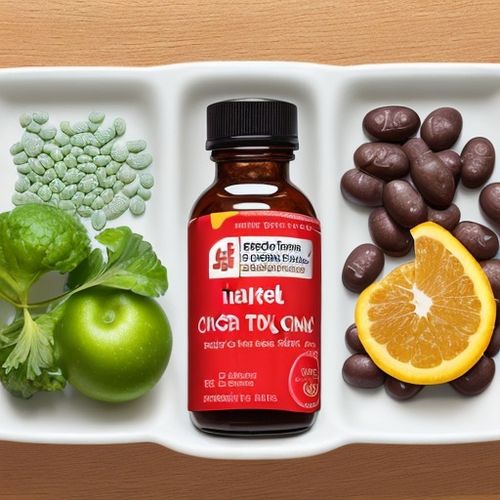
By James Moore/May 18, 2025
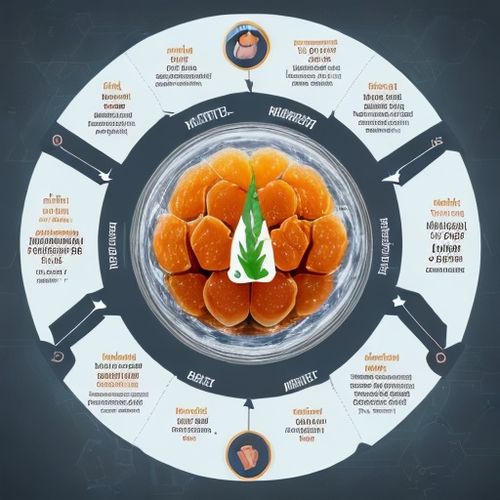
By Thomas Roberts/May 18, 2025

By Amanda Phillips/May 18, 2025
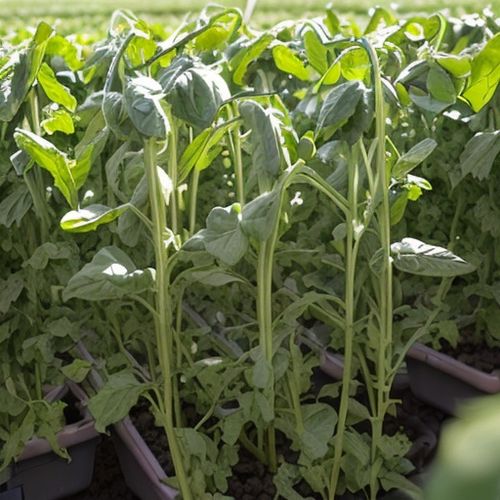
By James Moore/May 18, 2025
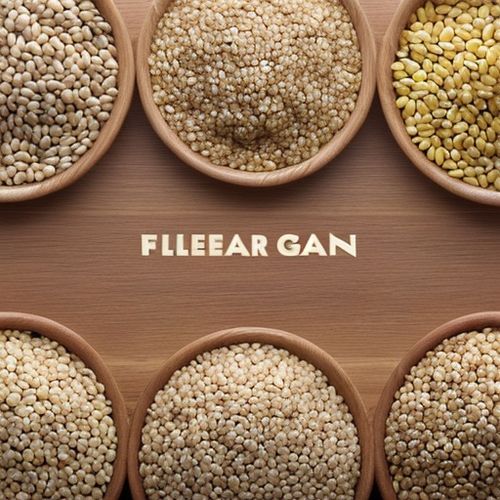
By Laura Wilson/May 18, 2025

By Emily Johnson/May 18, 2025
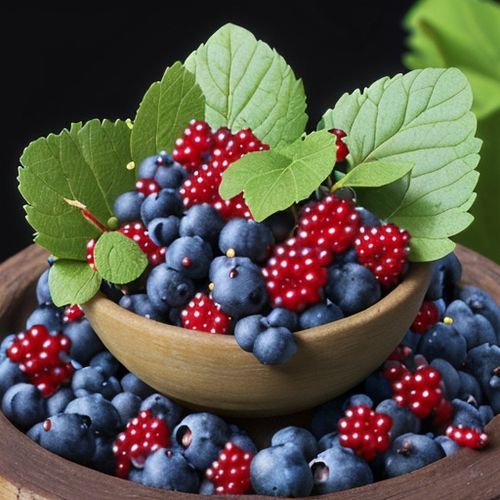
By Joshua Howard/May 18, 2025
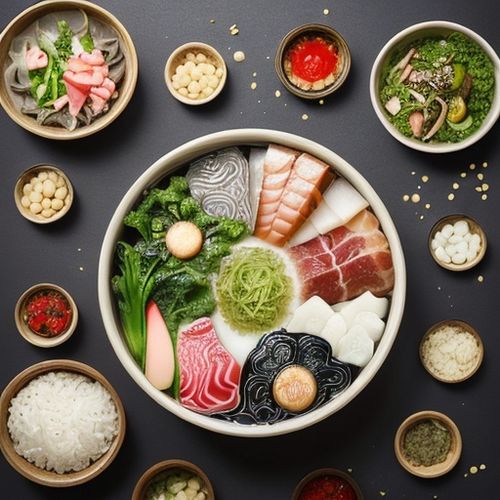
By David Anderson/May 18, 2025
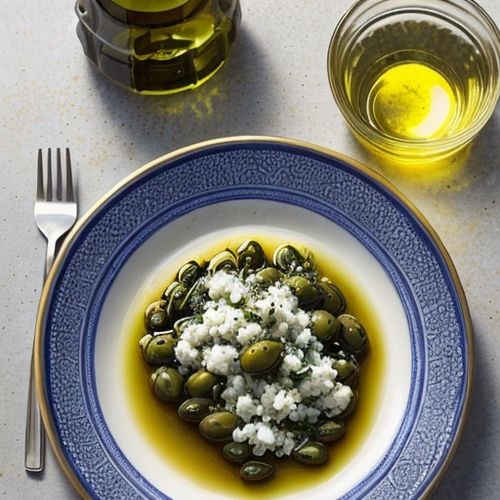
By Sophia Lewis/May 18, 2025

By John Smith/Apr 22, 2025

By Emma Thompson/Apr 22, 2025